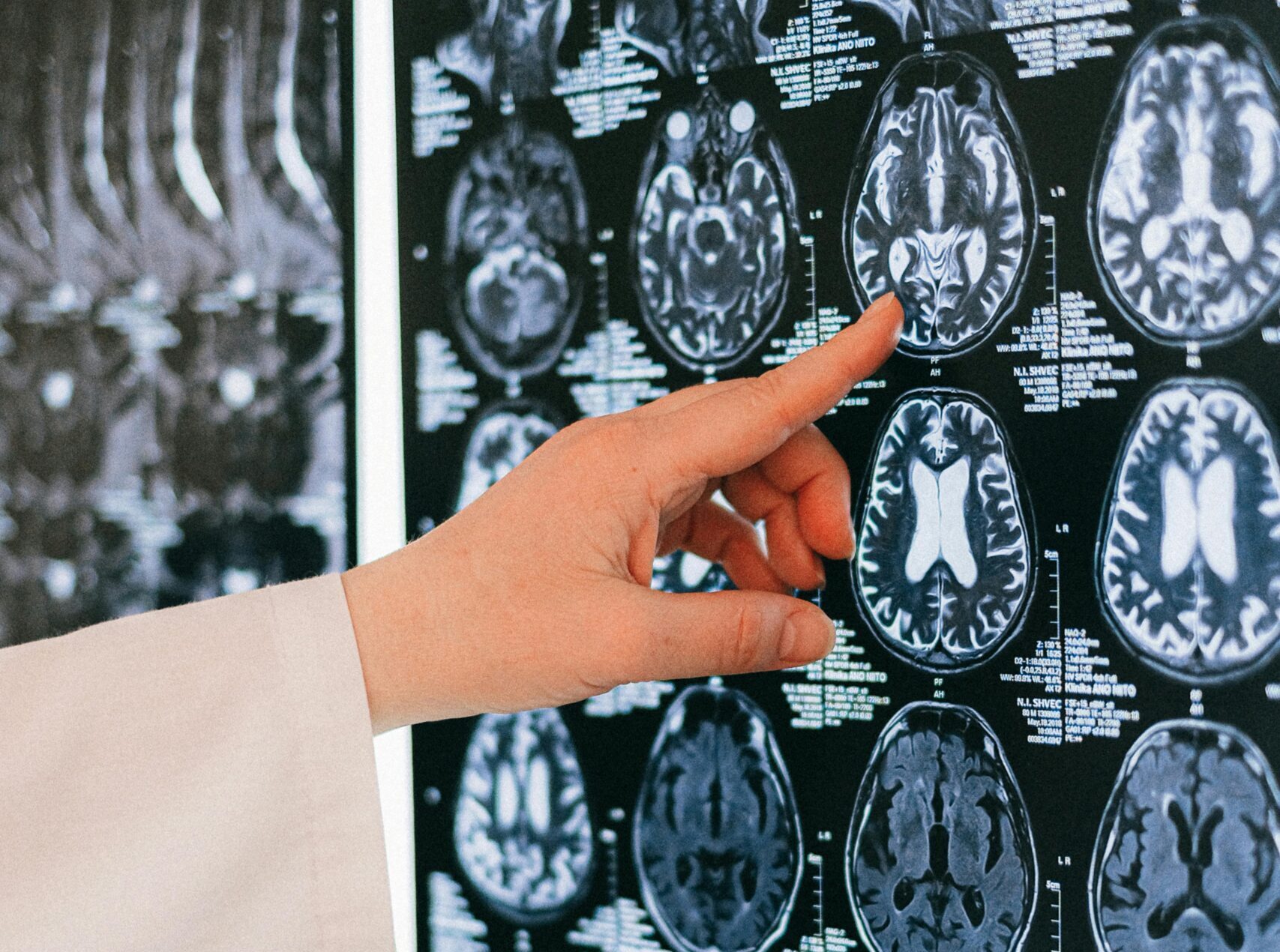
The phenomenon is known as attentional blindness.Continue reading

Researchers at the HUN-REN Institute of Experimental Medicine (IEM) have identified important cell groups in various layers of the human hippocampus. Their findings could be of great significance for research into diseases such as schizophrenia, epilepsy, and Alzheimer’s, reads the website of the Hungarian research institute. The study made it to the cover of the March issue of the Journal of Neuroscience.
The hippocampus is key to learning and memory, and many neurological and psychiatric disorders are linked to this area.
A deeper understanding of the function of the hippocampus requires computer models based on accurate quantitative data, such as the number of cells in different cell groups and their network of connections, or synapses.
While there is already a wealth of quantitative data on the neuronal composition and synaptic structure of the rodent hippocampus, knowledge of the human hippocampus remains incomplete.
This is not surprising, as the study requires brain samples that are well preserved and collected up to 3.5 hours after death. Such samples, of course, are very difficult to obtain.
The research team at HUN-REN IEM, led by Gábor Nyiri, used stereological methods (a method that utilizes random, systematic sampling to provide unbiased and quantitative data) to estimate the total cell number of three main inhibitory cell groups in various layers of the human hippocampus. They also used 3D electron microscopy to estimate the total number of inhibitory synapses in the hippocampus. The researchers obtained the high quality samples needed for the studies in collaboration with the Human Brain Tissue Laboratory of the HUN-REN IEM and the Department of Pathology of the Szent Borbála Hospital in Tatabánya.
These results provide important data for modelling human hippocampal networks and understanding their complex regulatory dynamics, which is important for understanding hippocampal function.
This could be of great help in research into diseases such as schizophrenia, epilepsy, and Alzheimer’s disease, which are all associated with disturbances in the functioning of interneurons. Since many neurological and psychiatric disorders are also linked to the inhibitory neuronal clusters found here, a better understanding of hippocampal function is also needed to develop more effective therapies.
Via hun-ren.hu, Featured image: Pexels